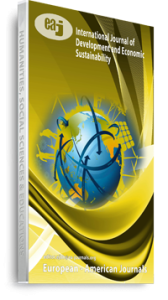Haricot bean is now becoming one of the most reputable crops for its role for human consumption. A research was undertaken in Enebse Sar Midir district, northern Ethiopia, with the objectives of identifying the different marketing channels, evaluating the marketing margins and examining the market structure. Data were gathered using formal and informal methods of data collection and processed using SPSS-20. The result revealed that a total of 15,200 tons of haricot bean was produced in the district in and of this; 13,468 tons was found to pass through the marketing channels during 2011/2012. Following the marketing chains, 7 marketing channels were identified. Market concentration measures indicated that markets were found to be strongly oligopolistic and inefficient in structure (with wide final consumers’ price spread). Gross marketing margin was maximum for city wholesalers (38.60%) and minimum for farmer traders (13.22%) of the consumers’ price). Net marketing margin was maximum (11.52%) for processors and minimum (7.36) for rural assemblers. In order to empower producers, marketing actors and intensify the existing business, the structure and efficiency of haricot bean markets have to be improved. Empowering producers with financially (facilitating credit) and training can improve the market structure and performance.
Keywords: Ethiopia, Market Concentration, Market Efficiency, Marketing Actors, Oligopoly.

